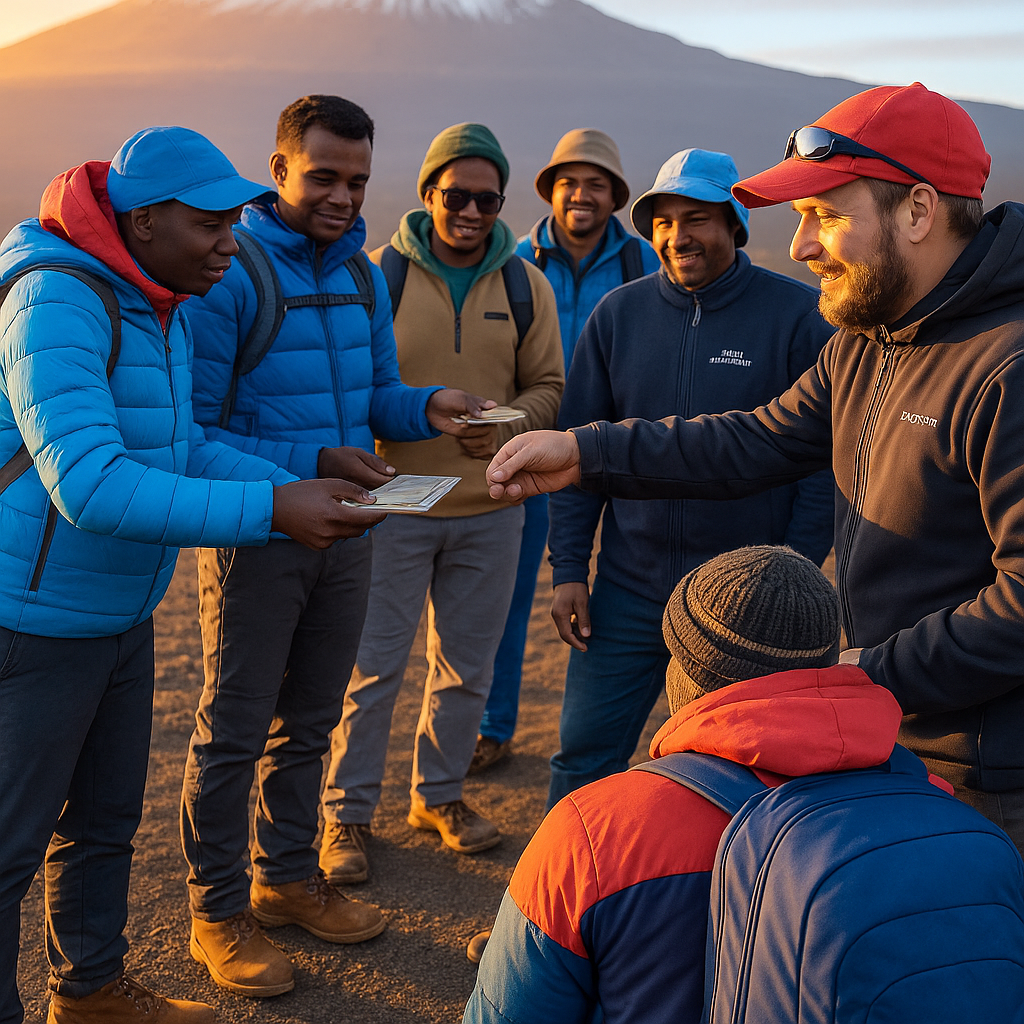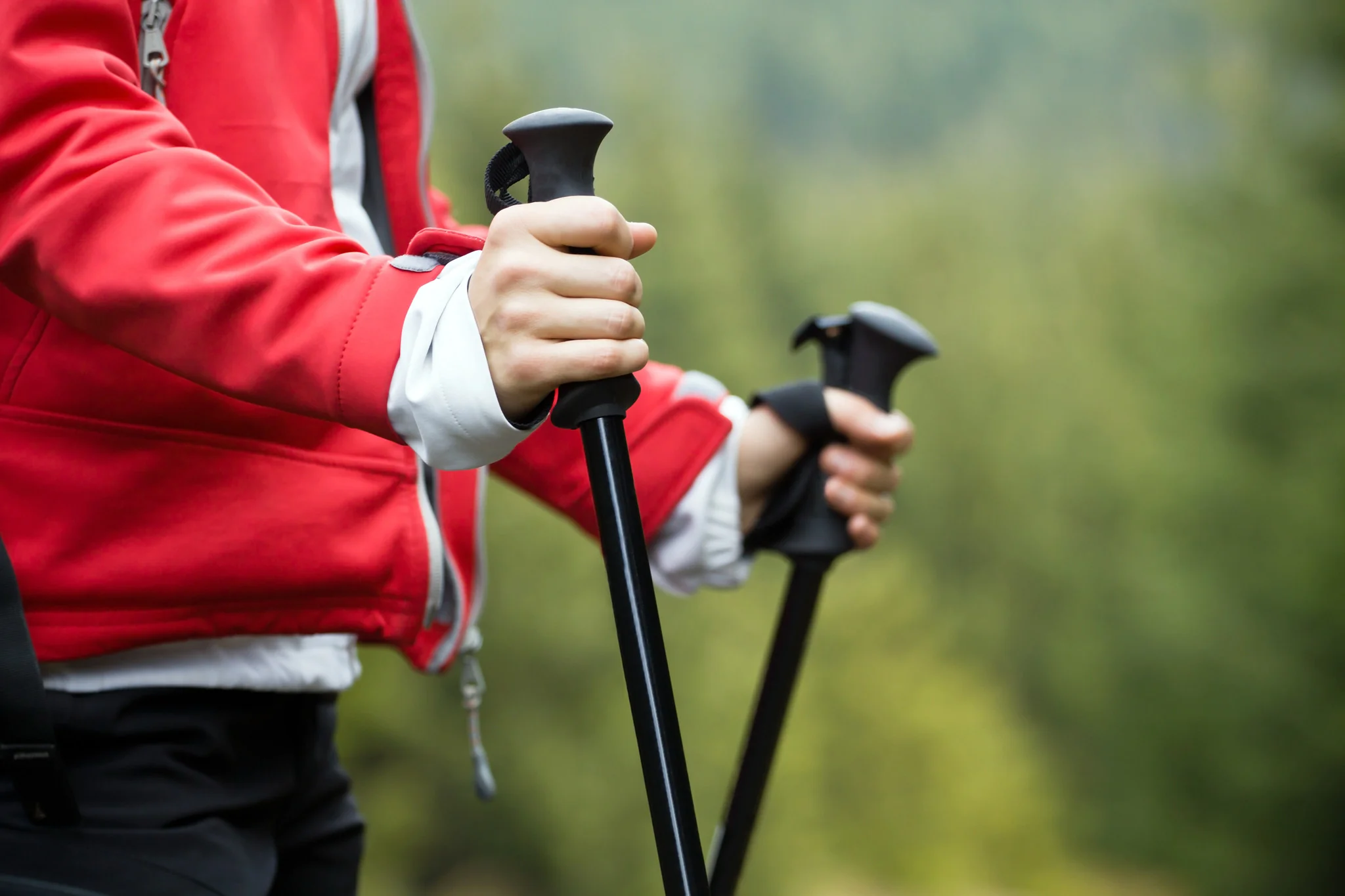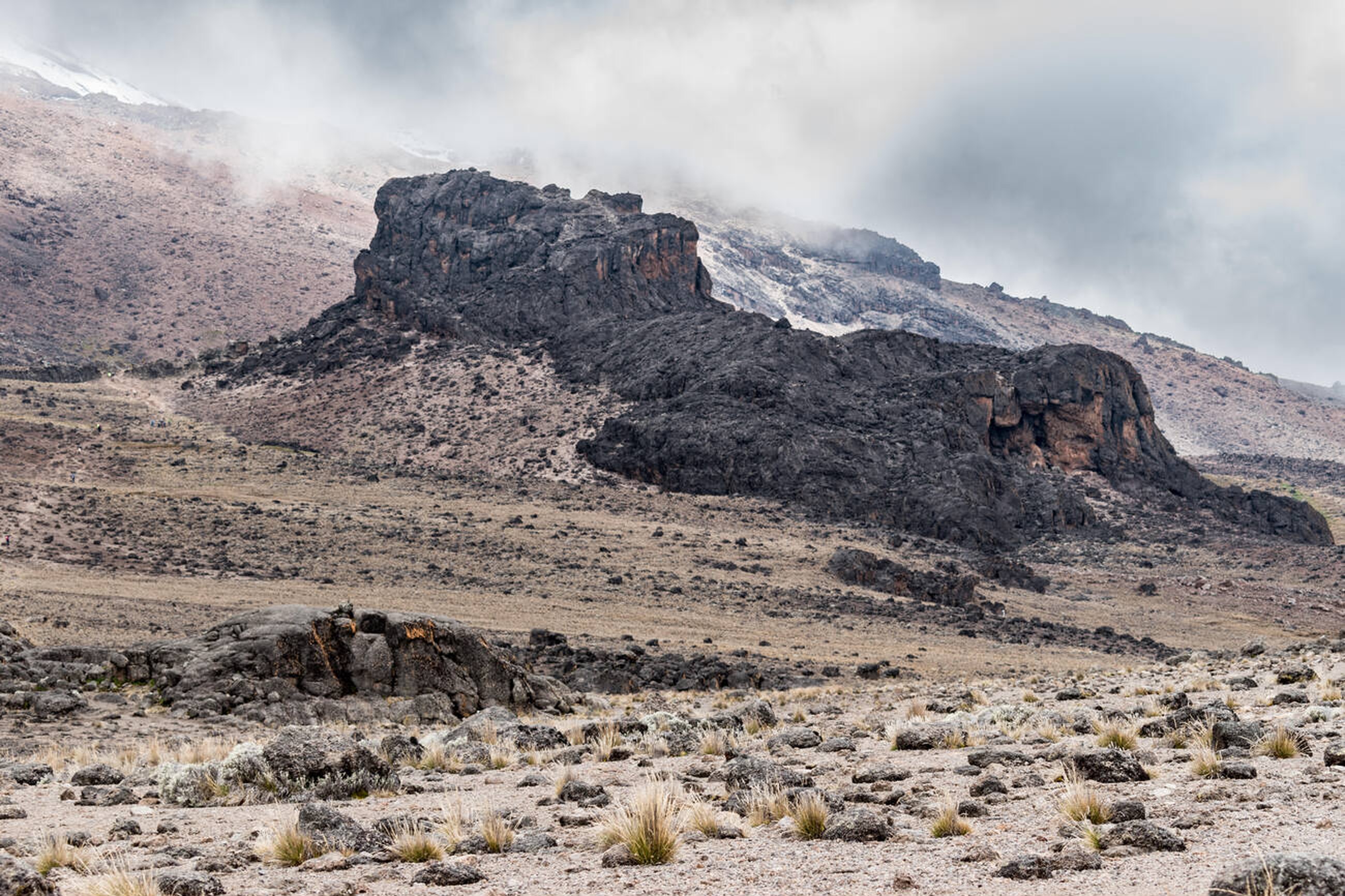Your Kilimanjaro Questions Answered
Planning to climb Mount Kilimanjaro (5,895m/19,341ft), Africa’s highest peak? Kilisherpas Travel, with a 95%+ summit success rate across 20,000+ ascents since 2021, answers the most frequently asked questions to prepare you for a safe and successful 2025 climb.
1. Where is Kilimanjaro?
- Location: Mount Kilimanjaro is in Tanzania, East Africa, approximately 350 km south of the equator.
- Nearest Towns: Moshi (30 km away) and Arusha (80 km away), both accessible via Kilimanjaro International Airport (JRO).
- Access: Most climbers fly into JRO, with transfers to Moshi or Arusha for pre-climb briefings.
2. How High Is Kilimanjaro?
- Height: 5,895m (19,341ft), making it Africa’s tallest peak and the world’s highest freestanding mountain.
- Zones: Spans five climate zones, from tropical rainforest (800m) to arctic summit (5,895m) (see Temperature Guide).
- Challenge: Altitude, not technical skill, is the primary hurdle, requiring acclimatization.
3. What Kind of Experience Do I Need?
- Experience: No technical climbing skills required; Kilimanjaro is a trekking peak.
- Fitness: Moderate to high fitness for 4–6 hours daily hiking (12–14 hours on summit day). Endurance is key.
- Training: 3–6 months of hiking (6–8 hours with a 10–15kg backpack), running, or strength training (see Training Guide).
- Who Can Climb: Beginners with preparation succeed, especially on longer routes like 8-day Lemosho (95% success).
Tip: Practice hiking at elevation if possible to simulate conditions.
4. What Gear Do I Need?
- Essentials:
- Clothing: Layered system (moisture-wicking base, fleece, down jacket, waterproof shell), balaclava, ski mittens (see Summit Night Guide).
- Footwear: Broken-in, waterproof boots, thermal socks, liners, gaiters.
- Accessories: Headlamp (200+ lumens), polarized sunglasses, SPF 50+ sunscreen/lip balm.
- Other: 20–30L daypack, 3L water bladder + 1L bottle, sleeping bag (-18°C rating).
- Rentals: Kilisherpas offers down jackets ($65), sleeping bags ($50), and poles.
Tip: Test all gear on training hikes; avoid new items to prevent discomfort.
5. Can I Shower on Kilimanjaro?
- Showers: No showers are available on the mountain due to remote campsites and water conservation.
- Alternatives: Bring biodegradable wet wipes for daily hygiene. Kilisherpas provides warm water basins for washing hands/face at camps.
- Post-Climb: Hotels in Moshi/Arusha offer showers before/after the climb.
Tip: Pack travel-sized wipes and dry shampoo for freshness.
6. How Long Is the Hike?
- Duration: 5–9 days, depending on the route:
- 5–6 days: Marangu or Rongai (44–65% success rate, higher AMS risk).
- 7 days: Machame, Lemosho (80–85% success).
- 8–9 days: Lemosho, Northern Circuit (90–95% success, best acclimatization).
- Daily Hiking: 4–6 hours, except summit day (12–14 hours).
- Distance: 50–70 km (31–43 miles), e.g., Machame (~62 km), Lemosho (~70 km).
Kilisherpas Tip: Choose 8-day Lemosho for 95% success and scenic Shira Plateau (see Machame vs. Lemosho).
7. How Much Will It Cost?
- Range: $2,000–$3,500, depending on route, duration, and operator.
- Machame (6–7 days): $2,000–$2,500.
- Lemosho (7–9 days): $2,600–$3,000.
- Includes: Park fees (~$800), guides, porters, meals, tents, transfers.
- Excludes: Flights, tips, gear, travel insurance (see Travel Insurance Guide).
- Zanzibar Extension: Add $500–$1,500 for 3–5 days, plus $44 mandatory insurance.
Tip: Avoid budget operators; prioritize KPAP-compliant companies like Kilisherpas for fair porter treatment.
8. What Will I Eat? (Vegetarian Options)
- Meals: Kilisherpas provides fresh, high-calorie meals (e.g., pasta, soups, vegetables, fruits) to fuel climbs.
- Vegetarian Options: Fully accommodated with dishes like veggie stir-fries, lentil stews, and egg-based meals. Specify dietary needs when booking.
- Snacks: Bring high-calorie, non-perishable snacks (nuts, protein bars, hard candy) for summit day (see Success Guide).
- Prep: Meals served in mess tents; hot lunches are a Kilisherpas specialty.
Tip: Pack favorite vegetarian snacks (e.g., dried fruit, veggie jerky) for comfort.
9. Where Does the Water Come From?
- Source: Collected from mountain streams, treated with purification tablets (e.g., Aqualab) for safety.
- Availability: Provided at campsites; carry 3–4L daily for hiking.
- Gear: Use a 3L water bladder + 1L bottle; add electrolyte packets for flavor.
- Summit Night: Bottles prevent freezing, unlike bladders.
Tip: Drink 4–5L daily to combat dehydration and AMS (see Success Guide).
10. Do We Sleep in Hotels?
- On the Mountain: No hotels; sleep in weatherproof tents at campsites (e.g., Kosovo Camp at 4,900m on Lemosho).
- Before/After Climb: Stay in hotels in Moshi or Arusha (e.g., 3–4-star options included in Kilisherpas packages).
- Tents: Kilisherpas provides high-quality, double-occupancy tents with inflatable mats.
Tip: Bring a warm sleeping bag (-18°C rating, rent for $50) and earplugs for better rest.
11. What Dangers Are There on the Mountain?
- Altitude Sickness (AMS): Risk above 2,500m; symptoms include headaches, nausea. Mitigated by longer routes (e.g., 8-day Lemosho) and hydration.
- Weather: Sub-zero temps (-20°C on summit night), wind, rain/snow (see Temperature Guide).
- Terrain: Loose scree, steep inclines (e.g., Barranco Wall). Gaiters and poles help.
- Health: Minor risks like blisters or dehydration; rare wildlife encounters (e.g., snakes in lower zones).
- Safety with Kilisherpas: WFR-certified guides, twice-daily health checks, oxygen, and helicopter evacuation partnerships.
Tip: Follow “pole pole” pacing and guide advice to minimize risks.
12. Do We Tip the Hiking Crew?
- Tipping: Customary to tip guides, porters, and cooks for their hard work.
- Guidelines:
- Per Climber: $300–$400 total.
- Group Size: 2–3 porters per climber, 1–2 guides, 1 cook (e.g., $300 total for a solo climber).
- How: Paid in USD or TZS at trip’s end; Kilisherpas provides tipping envelopes and advice.
- Why: Porters rely on tips for fair wages; we’re KPAP-compliant for ethical treatment.
Tip: Budget 10–15% of trip cost for tips; distribute fairly with guide assistance.
13. How Old Should I Be to Climb?
- Minimum Age: 10 (per park rules), but 16+ recommended for stamina and altitude tolerance.
- Ideal Range: 18–60; fitness matters more than age.
- Older Climbers: 60+ climbers succeed with strong preparation (e.g., 70-year-olds on 8-day Lemosho).
- Considerations: Consult a doctor for pre-existing conditions; train for endurance.
Tip: Teens and seniors thrive on longer routes with gradual acclimatization.
14. Will I Make It to Uhuru Peak?
- Success Factors:
- Route Choice: 8-day Lemosho (95% success) or Northern Circuit (90%) vs. 5-day routes (44%).
- Preparation: 3–6 months training, proper gear, hydration, and mindset (see Success Guide).
- Guides: Kilisherpas’ WFR-certified team boosts success with health monitoring and pacing.
- Stats: 95% of Kilisherpas’ 8-day Lemosho climbers reach Uhuru Peak using Kosovo Camp.
- Mindset: Positivity and “pole pole” pacing overcome doubts.
Why Climb with Kilisherpas Travel?
- High Success: 95% summit rate on 8-day Lemosho with Kosovo Camp (see Kosovo Camp Advantage).
- Safety: Oxygen, health checks, and evacuation protocols.
- Support: Gear rentals, training plans, and pre-trip consultations.
- Ethics: KPAP-compliant, ensuring fair porter wages.
Ready to Conquer Kilimanjaro?
From gear to tipping, Kilisherpas Travel answers your questions for a triumphant climb. Book now, download our Packing List, or explore our hiking tours.


